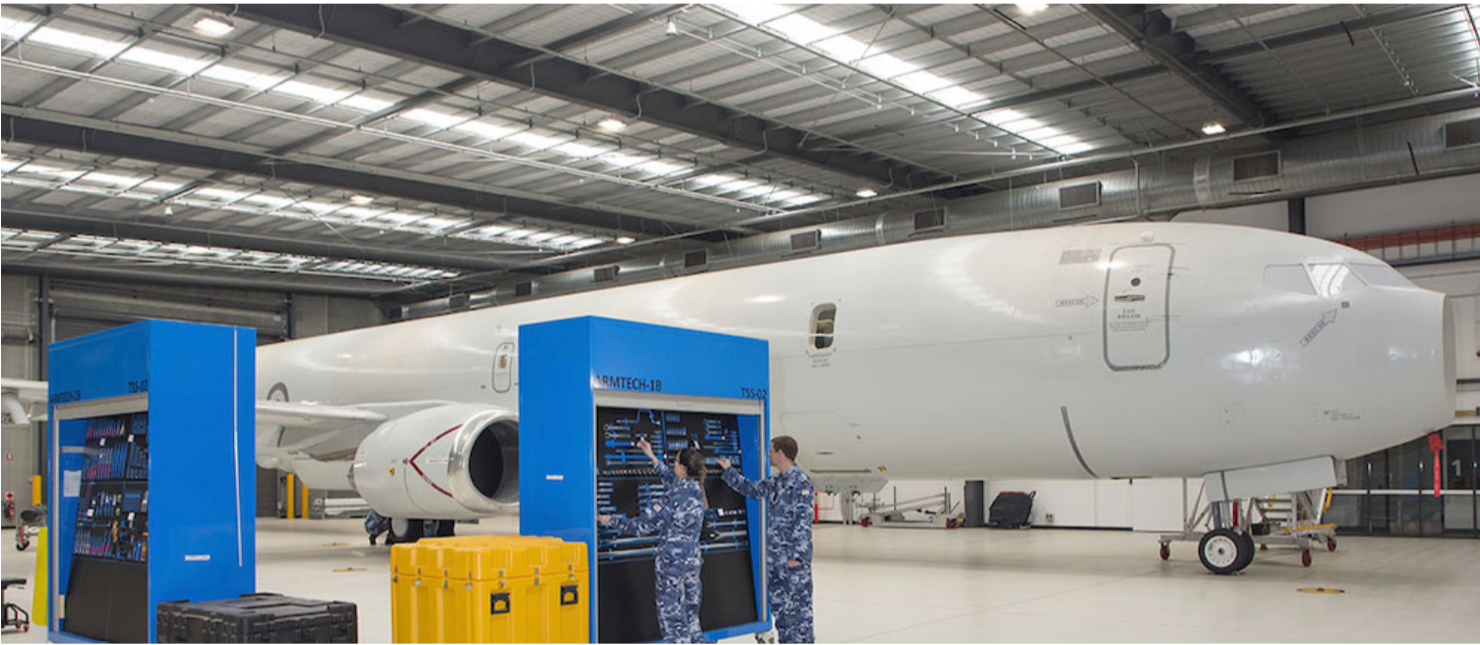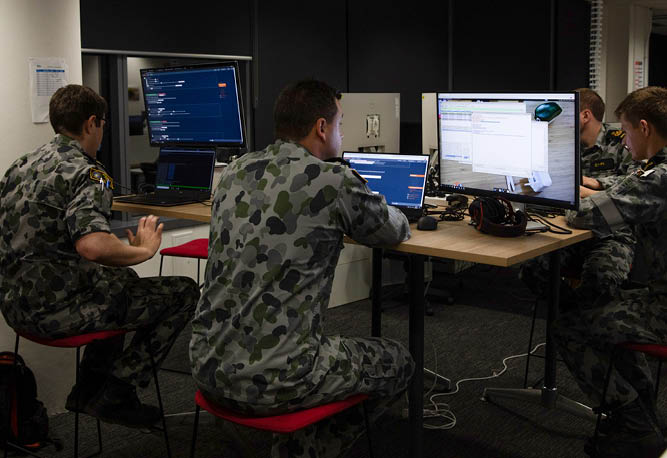$500 million dollar upgrade for RAAF Edinburgh Base brings hi-tech highflyers to Adelaide
It’s going to take a thousand-strong workforce to get the most impressive overhaul Edinburgh’s seen in 70 years off the ground.
There’s a buzz in the air at the RAAF Base Edinburgh in Adelaide’s northern suburbs – and it isn’t all about the aircraft.
The base is currently undergoing its most significant change since being formed in the 1950s, with another $500 million investment in infrastructure and technology to accommodate the 6000 Defence personnel and civilian contractors who work at the base and adjoining Defence Science and Technology Group hub, the largest Defence R&D organisation in Australia.
And while much of that infrastructure revolves around the 12 Poseidon maritime surveillance aircraft currently winging their way to Edinburgh, the redevelopment is also bringing new aircraft, Australian Army units and logistics and engineering jobs on site.
“It’s a really exciting time for the rebirth of the base,” says Reg Carruthers, executive director defence and space, Defence SA.
“There’s lots of work in cyber, systems engineering, mission analysists … there will be at least 400 more people at Edinburgh over the next five-to-seven years supporting all of these new capabilities that are flying around.”
The new capabilities include three major projects:
AIR 555 Peregrine program: an electronic warfare-type aircraft based on a Gulfstream jet, due to be operating from Edinburgh within the next three years and requiring hangar space and additional infrastructure.
AIR 7000 Triton program: an unmanned aircraft that will fly out of Northern Australia with the pilot and operators based at Edinburgh. “This is the big game-changer for what’s going to happen at Edinburgh,” Carruthers says.
AIR 7003: still in final stages of government decision, this project will see Sky Guardian armed drones fly out of Northern Australia and Adelaide with crews, mission analysts and data based at the information hub at Edinburgh.
And this doesn’t include the upgrades to the Woomera Range Complex and town, works at Cultana and upgrades to the Jindalee Over the Horizon Radar Network.
“Up to $500 million worth of infrastructure is set to go into the base just to support those platforms as they come in over the next few years,” Carruthers says. “It’s basically double the current infrastructure.”
The new hub places Edinburgh at the centre of Australia’s military intelligence, surveillance, reconnaissance and electronic warfare, with operators – uniformed, public servants and potentially contractors – working in a highly secure environment analysing, collecting and disseminating information on a real-time basis.
“So Defence personnel can be deployed in, say, Northern Australia, but the information they are using could be coming from an asset flying somewhere else that is sending the information back to Edinburgh, where it is analysed and re-sent to the soldier in the field,” Carruthers says.
“That’s where Edinburgh is going to be so critical to Defence.”
The significant investment in the Edinburgh base is also an investment in South Australia’s future, promising exciting career opportunities both today and for years to come.
“It’s not only for the young men and women going through school and university now – it will definitely be an attractor for future generations,” Carruthers says.
“The base is a very large employer of people in high-skilled, well-paid jobs; once the infrastructure is built, there will also be direct benefits to the local communities and the state.
“When we think about Defence we think about ships and submarines, but Edinburgh is the unsung hero of South Australia.”
Lynn Cameron
www.futureadl.com.au












